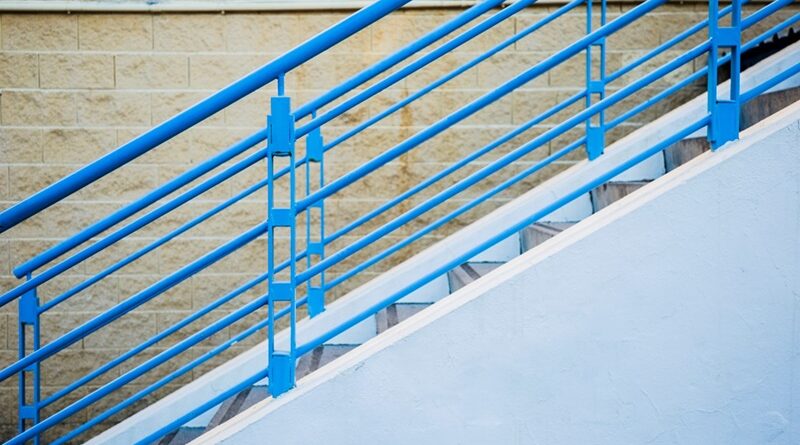A Comprehensive Guide on the Different Materials Used for Handrail Installation
The importance of handrails in both residential and commercial buildings cannot be overemphasized. Beyond their primary function – ensuring safety by preventing falls – handrails contribute aesthetically to the overall look of a space. They come in various types, made from different materials, and designed to suit varying tastes and structural designs. This guide delves into the details of handrail materials, providing the reader with comprehensive information on selecting the best material for their handrail installation. After reading this post, you’ll understand the key factors to consider to make an informed handrail material selection, based on safety, function, design preference, and budget.
Understanding the Importance of Handrails
Handrails are critical safety features in our homes, offices, or any building structure. They serve as a guide and support, providing balance and stability when ascending or descending staircases. For people with mobility issues, handrails are particularly essential. However, apart from safety, handrails also add a subtle but significant aesthetic appeal to a building’s interior or exterior design. The material of a handrail can affect both its function and looks. Hence, the right choice of material is crucial.
A Dive into Different Handrail Materials
Handrails can be made from diverse materials, each with unique features that set them apart. Let’s look at a few.
Wood Handrails: Wood oozes a timeless and classic appeal that never goes out of style. Available in various types like oak, walnut, cherry, and more, wooden handrails bring a warm and inviting look to your home. Each type of wood comes with its unique grain patterns, adding to the aesthetic feel. However, wooden handrail Installation requires regular maintenance, is prone to rot and termite attack, and may not fare well under harsh weather conditions if installed outdoors.
Metal Handrails: Metallic handrails, including steel, aluminium, or wrought iron, are known for their durability and strength. They can withstand harsh weather conditions, making them an excellent choice for outdoor use. Their sleek design enhances the architectural beauty of a space while offering a modern look. However, they may corrode over time if not correctly maintained.
Vinyl Handrails: If practicality and economy are your focus, then vinyl handrails may be your best bet. Known for being resistant to harsh weather conditions and easy to clean, these handrails are ideal for outdoor use. While not as aesthetic as wood or metal, they are quite durable and cost-effective.
Glass Handrails: For lovers of modern and contemporary design, glass handrails offer a sleek and sophisticated appeal. Apart from their unique aesthetics, glass handrails offer an uninterrupted view if installed outdoors. However, they require frequent cleaning to maintain their sparkle and might not be the best choice if safety is a significant concern due to their slippery nature.

Handrail Material Selection: Factors to Consider
Choosing a handrail material transcends merely picking what looks pretty. You need to consider many factors, including your budget, the design theme of your home (be it modern, classical, or minimalist), the location of the handrail (indoor or outdoor), and the maintenance requirements of the material.
Professional Insights – Q&A with Interior Designers and Architects
As part of our research, we spoke with several interior designers and architects to understand their experiences and perspectives on handrail material choice. They shared interesting observations, emphasising the need to balance aesthetics, safety, budget, and maintenance in selecting the ideal handrails installation material.
Handrail Installation: DIY vs Professional
Handrail installation can be quite complex, involving precise measurements and understanding of levels and angles. So, is it a job you can do yourself, or should you engage a professional? This section discusses the pros and cons of both approaches, offers tips for DIY enthusiasts, and provides guidance on when to hire a professional.
Maintaining Your Handrails
Maintaining your handrails ensures longevity and keeps them looking good. While specific cleaning measures depend on the material type, some general maintenance practices include regular cleaning, checking for wear and tear, and immediate repair of any noticeable damage.
Wrap Up
Choosing the right material for handrail installation is more than a quick, random decision. It requires a careful balance of aesthetics, safety, functionality, and cost, among other factors. We hope this guide provides you with some insights to make an informed choice.



